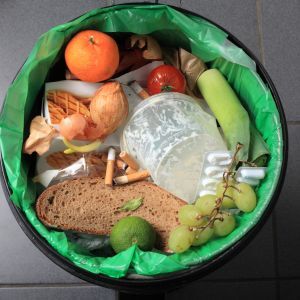Recycling Bin Mistakes NZ Workplaces Often Make – And How to Fix Them
Setting up recycling bins in your workplace is a great first step — but keeping the system running effectively is another story. Many New Zealand businesses make common mistakes that reduce the effectiveness of their recycling efforts, increase contamination, and cost more in waste disposal.
Here’s a breakdown of the most frequent recycling bin mistakes in NZ offices — and simple fixes to turn your recycling programme around.
1. Incorrect Bin Placement
Bins that are out of sight are out of mind. When recycling bins aren’t placed where waste is generated — like kitchens, near printers, and meeting rooms — staff are more likely to use general waste bins out of convenience.
Fix: Position bins in high-traffic and high-waste areas. Always place landfill and recycling bins together to prompt sorting.
For a deeper look into smart bin placement strategies, read our article: Where Should You Put Recycling Bins in the Office for Maximum Use?. It offers detailed advice on where to locate bins in different office zones to maximise use and minimise contamination.
2. Poor or Missing Signage
If staff don’t know what goes in each bin, they’ll guess — and often get it wrong. Confusing, word-heavy, or inconsistent signage leads to contamination.
Fix: Use simple, visual signs with images and icons. Match signage colours to NZ recycling standards and keep messages short and clear.
3. Using the Wrong Bin Sizes
Bins that are too small overflow, creating hygiene issues and reducing usage. Oversized bins in low-use areas may not be emptied regularly and can smell or attract pests.
Fix: Match bin size to traffic and waste volume. For example, kitchens need larger bins; desk areas can use smaller bins for paper.
For a detailed guide on selecting bin sizes for different office zones, check out our article: How to Choose the Right Size Recycling Bin for Your Workplace. It explains how to assess waste volume, traffic flow, and frequency of use so you can pick the right bins with confidence.
4. Mixing Waste Streams
Combining paper, plastic, food scraps and general waste in one bin ruins otherwise recyclable materials. Contamination is one of the top reasons recyclables end up in landfill.
Fix: Separate streams clearly using colour-coded bins. Use organics bins for food waste and keep soft plastics, paper and general recycling separated.
5. Lack of Staff Education
If no one knows your office’s recycling system exists or how it works, it won’t be used correctly. A lack of awareness leads to poor participation and high contamination.
Fix: Run brief staff training, share email updates, and place recycling reminders in shared areas. Appoint recycling champions to lead by example.
Bonus Tip: Monitor and Adjust
Recycling isn’t a set-and-forget system. If bins are constantly contaminated or underused, review signage, bin type, or location. Small tweaks can make a big difference.
Conclusion
Avoiding these common mistakes will dramatically improve your workplace recycling system. With the right setup, clear communication, and ongoing attention, your office can reduce waste, support sustainability goals, and save money.
Explore Insinc’s full range of commercial recycling bins, signage and eco supplies designed for Kiwi workplaces that want to do better.
https://www.insinc.co.nz/category/recycle-bins.html
Posted: Thursday 30 October 2025


